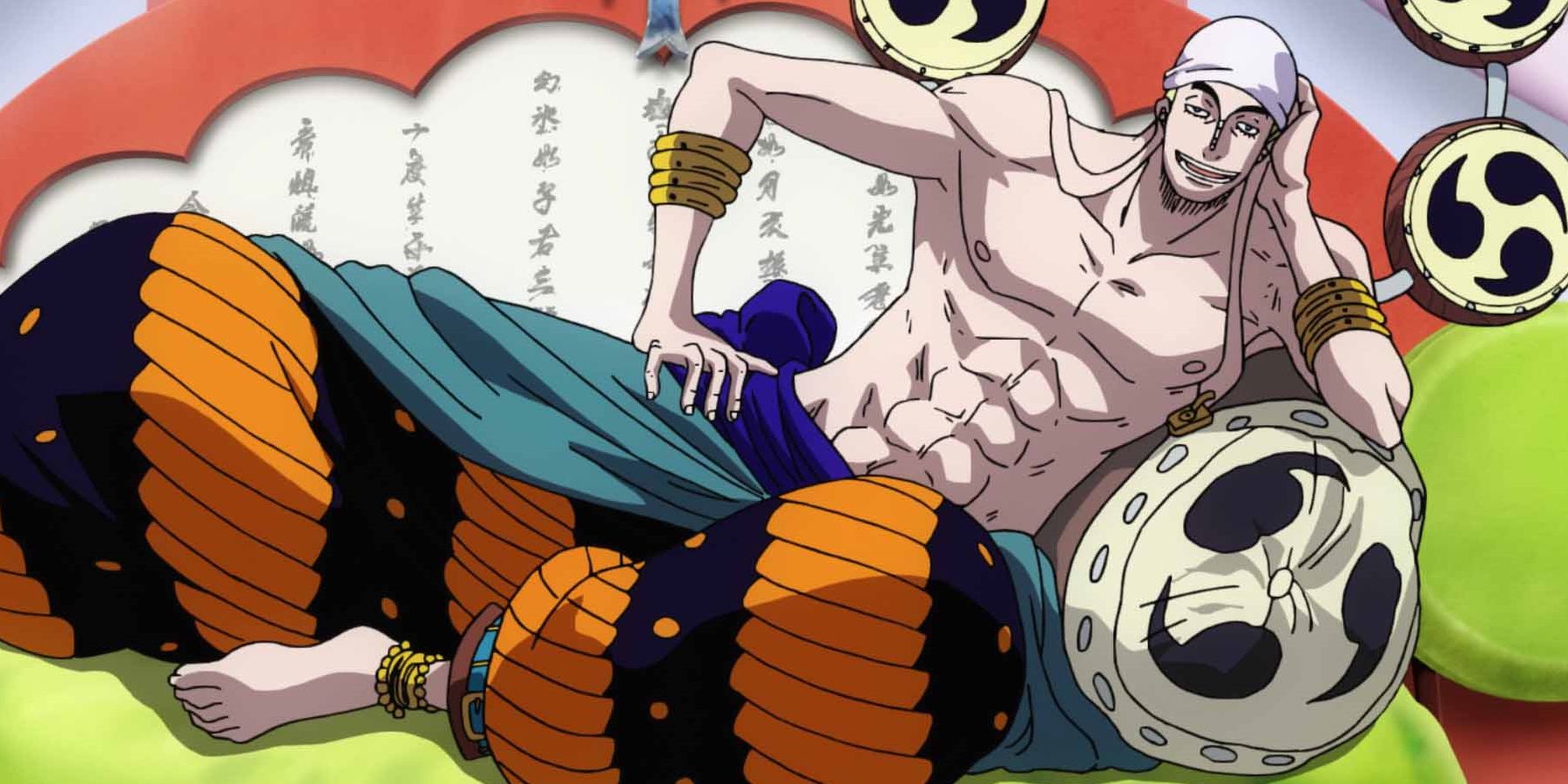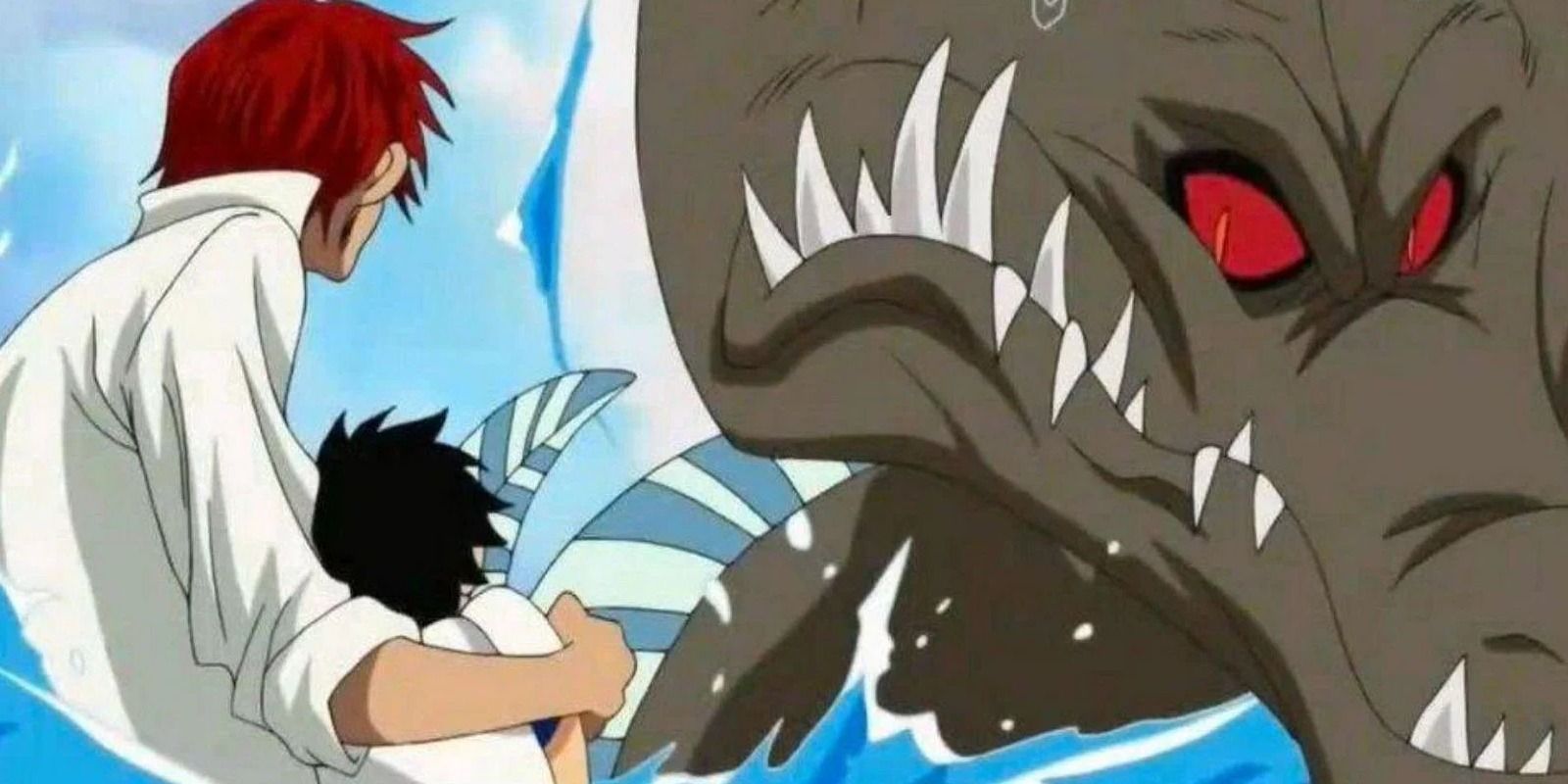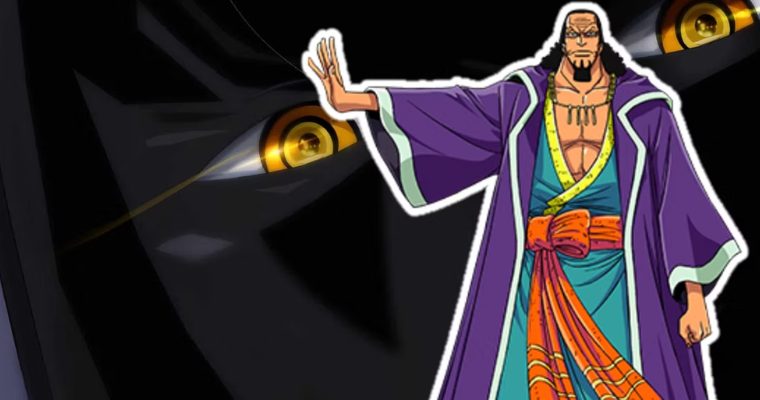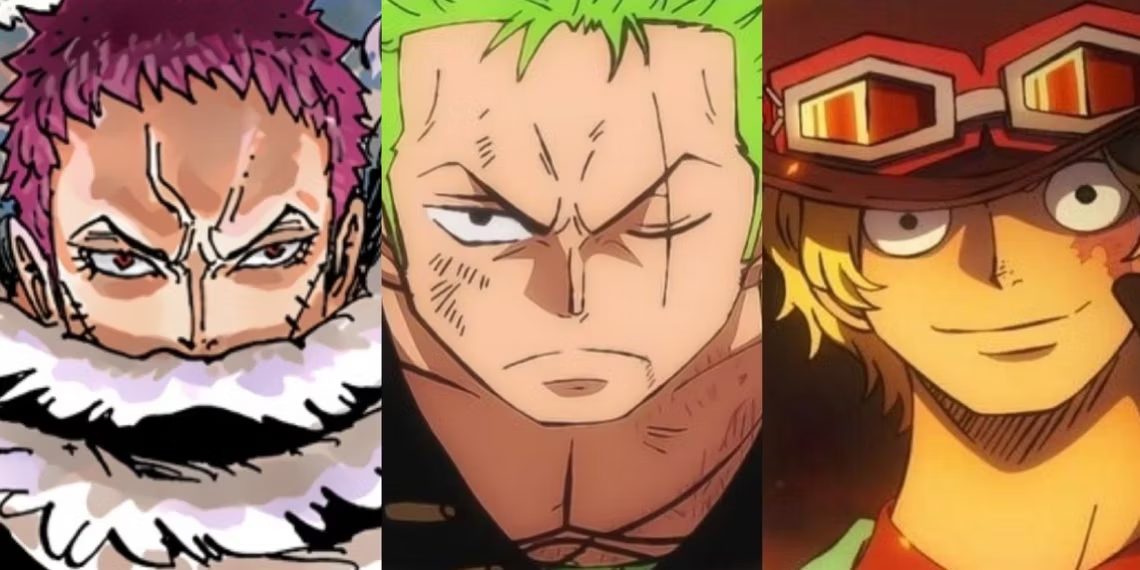Haki became an integral component of One Piece fights after the time skip. However, it already existed as early as the series’ very first chapter.
One Piece fans know that Haki is one of the most important abilities in the series. It is the manifestation of one’s willpower and can be used in battle to predict an opponent’s moves, enhance one’s physical attacks and even knock out opponents without physically touching them. In addition, it makes most of the characters’ transformations look extra cool. However, Haki was only fully explored and integrated during the middle to later parts of the series, making fans wonder if the concept existed during the franchise’s early days.
Given that the battles the Straw Hat Pirates face as their journey progresses get more intense, it’s only logical that the use of Haki has now become commonplace. There are three specific types of Haki: Color of Armament Haki, Color of Observation Haki and Color of the Supreme King Haki. The first allows the user to cover their body parts or objects with Haki, physically reinforcing them. It can also be used to harm Devil Fruit users, regardless of whether they are Logias. The second Haki type allows the user to sense their surroundings and even foresee the future. Finally, the last type gives the user the ability to dominate others’ wills. Interestingly, all three types were shown in the series before the time skip, albeit not referred to by their official names.
Color of Armament Haki Is Supposed to Be Invisible to the Eye

The easiest Haki to visualize is the Color of Armament Haki, as it is often shown with a blackening effect. In-universe, all forms of Haki are invisible. Oda only incorporates the blackening effect to help fans distinguish the exact moments when a character uses the Color of Armament Haki. However, he’s only done so after the time skip, as he realized that the lack of it was confusing fans. Even so, that doesn’t mean that Color of Armament Haki was absent prior to the time skip.
When Garp visits Luffy in Water 7, he catches his grandson eating while sleeping. He then proceeds to wake him up with a good punch. Despite Luffy’s body supposedly being made of rubber, he still feels the pain from Garp’s punch. Garp, at the time, misleads them, telling them that the power of his love is what makes Luffy feel the pain of his punch. That’s a big lie. In reality, he has covered his fist with Color of Armament Haki before sending it flying toward Luffy — and as stated earlier, Haki wasn’t colored at the time.
Although still debatable, another instance when Haki is foreshadowed or at least explained is during Zoro’s fight against Mr. 1. The swordsman awakens a skill he refers to as “Breath of All Things.” Supposedly, this is a state wherein a swordsman senses everything around them. For Zoro, that means knowing where rubble won’t fall and where his sword is buried beneath it. It also allows him to ultimately cut Daz Bones’ body of steel. The concept of Breath of All Things may not necessarily be the same as Haki, but it is highly probable that the two are interconnected; in all likelihood, the Breath of All Things is one way to awaken Haki, if not Haki itself.
Enel and His Priests Use Color of Observation Haki

Enel is arguably one of the mightiest foes Luffy has ever fought in One Piece. His only downfall is that he meets his Devil Fruit power’s natural enemy just as his plan comes to fruition. What makes Enel incredibly powerful is not only his command over his lightning powers but also the peculiar ability that he and his subordinates refer to as Mantra. While the term they use to refer to it is different, this is basically the Color of Observation Haki. Enel has simply mastered it to the point of being able to rival Shanks’ Color of Observation Haki abilities.
After defeating the previous overlord of Skypiea, Enel takes over as its new “God.” Using his Mantra, he keeps watch of the entire sky island at all times. He is also able to read his opponents’ minds, allowing him to evade their attacks before they throw them. His subordinates utilize the same ability to often predict their enemies’ movements, even being able to see a few seconds into the future. Given the fact that they live thousands of meters above sea level, it’s reasonable that they have different terminology for Haki.
Color of the Supreme King Haki Made Its Debut in the First Chapter

The strongest and rarest form of Haki is the Color of the Supreme King Haki, which allows its user to dominate other individuals without moving a single finger. It’s also said that those who possess this power are fit to be Supreme Rulers. As such, there are only a few named users of it in One Piece, including Luffy and Shanks. Interestingly, the time when Shanks used his Color of the Supreme King Haki as he confronted Whitebeard was the first time the term Haki was officially introduced into the series. However, its very first manifestation can be traced back to One Piece‘s initial chapter.
When Shanks meets with Whitebeard, his Haki is so strong that a good number of the latter Emperor’s men have fallen unconscious. However, this is Red-Haired Shanks using his full power. In the first chapter of the series, Shanks only uses a small amount of his Haki to scare off a sea monster. It’s during this time that Higuma, the mountain bandit leader, kidnaps the young Luffy and takes him into the sea. The Lord of the Coast then appears and swallows him whole. However, just as it’s about to eat Luffy, Shanks appears. The pirate sacrifices his arm to save the young boy, and in addition, he activates his Haki to scare off the monster.
Src: cbr.com








